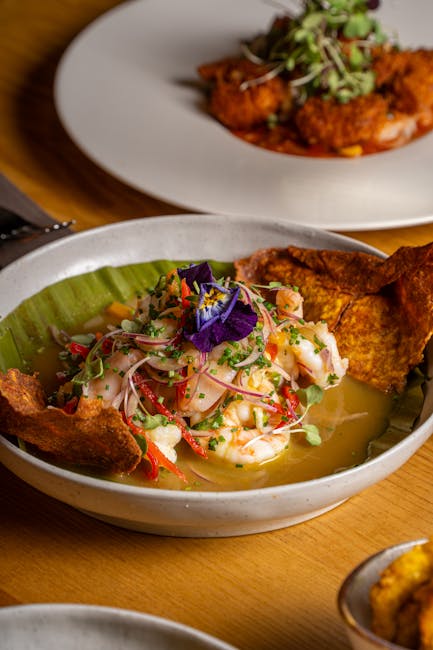
Imagine a delicious shrimp scampi, a vibrant stir-fry, or a refreshing shrimp cocktail. Now, imagine a hidden, insidious threat lurking within that seafood – a threat that could render life-saving antibiotics useless. This isn’t a sci-fi plot; it’s a growing reality highlighted by alarming research: deadly colistin-resistance genes, often dubbed ‘superbugs,’ are increasingly hitching a ride on imported seafood, including your beloved shrimp.
For years, medical professionals have sounded the alarm about the rise of antibiotic-resistant bacteria, commonly known as superbugs. These microscopic foes have evolved to withstand the very drugs designed to kill them, turning treatable infections into potentially fatal ones. Among the most concerning developments is resistance to colistin, an antibiotic often considered the ‘last resort’ when all other treatments have failed, especially for severe infections caused by multi-drug resistant Gram-negative bacteria.
So, how do these formidable superbugs end up on your dinner plate? The journey often begins in aquaculture. In many parts of the world, particularly in countries exporting large quantities of seafood, antibiotics are heavily used in fish and shrimp farms to prevent disease in crowded conditions and accelerate growth. This overuse creates a perfect breeding ground for bacteria to develop resistance. Studies have specifically identified the MCR-1 gene – a mobile colistin resistance gene – in shrimp and other seafood imported from various regions, signalling a significant public health risk.
When you purchase imported shrimp carrying these resistant bacteria, the danger isn’t necessarily in consuming the bacteria themselves (thorough cooking usually kills them). The more insidious threat lies in cross-contamination. Handling raw, contaminated shrimp in your kitchen can transfer these superbugs, or their resistance genes, to your cutting boards, utensils, countertops, and even your hands. From there, they can spread to other foods, or directly to humans, potentially colonizing the gut and sharing their resistance genes with other, more harmful bacteria already present in the body. This ‘gene transfer’ is a critical pathway for the global spread of antibiotic resistance.
The implications are profound. An increase in colistin-resistant bacteria means that if you contract an infection from such a superbug, or if a harmless bacterium transfers its colistin-resistant gene to a pathogenic one inside you, doctors may have no effective treatment options left. This contributes directly to the global public health crisis of antimicrobial resistance (AMR), threatening to send us back to a pre-antibiotic era where simple infections could be a death sentence.
What can you do to protect yourself and your family? While global policy changes are crucial for curbing antibiotic overuse in aquaculture, consumers also have a role:
- Cook Thoroughly: Always ensure shrimp and other seafood are cooked to the recommended internal temperature (145°F/63°C) to kill any bacteria.
- Practice Strict Kitchen Hygiene: Use separate cutting boards for raw seafood and other foods. Wash your hands thoroughly with soap and water after handling raw shrimp. Clean and sanitize all surfaces and utensils that come into contact with raw seafood.
- Be Mindful of Sourcing: While challenging for consumers, supporting brands or retailers committed to responsible aquaculture practices can help drive demand for safer products.
- Stay Informed: Be aware of the ongoing challenges of antibiotic resistance and support initiatives aimed at reducing antibiotic misuse in food production.
The superbug threat in our seafood is a stark reminder of the interconnectedness of our food systems, public health, and environmental practices. By understanding the risks and adopting diligent food safety habits, we can all play a part in safeguarding the efficacy of our vital antibiotics and keeping our dinner plates truly safe.
